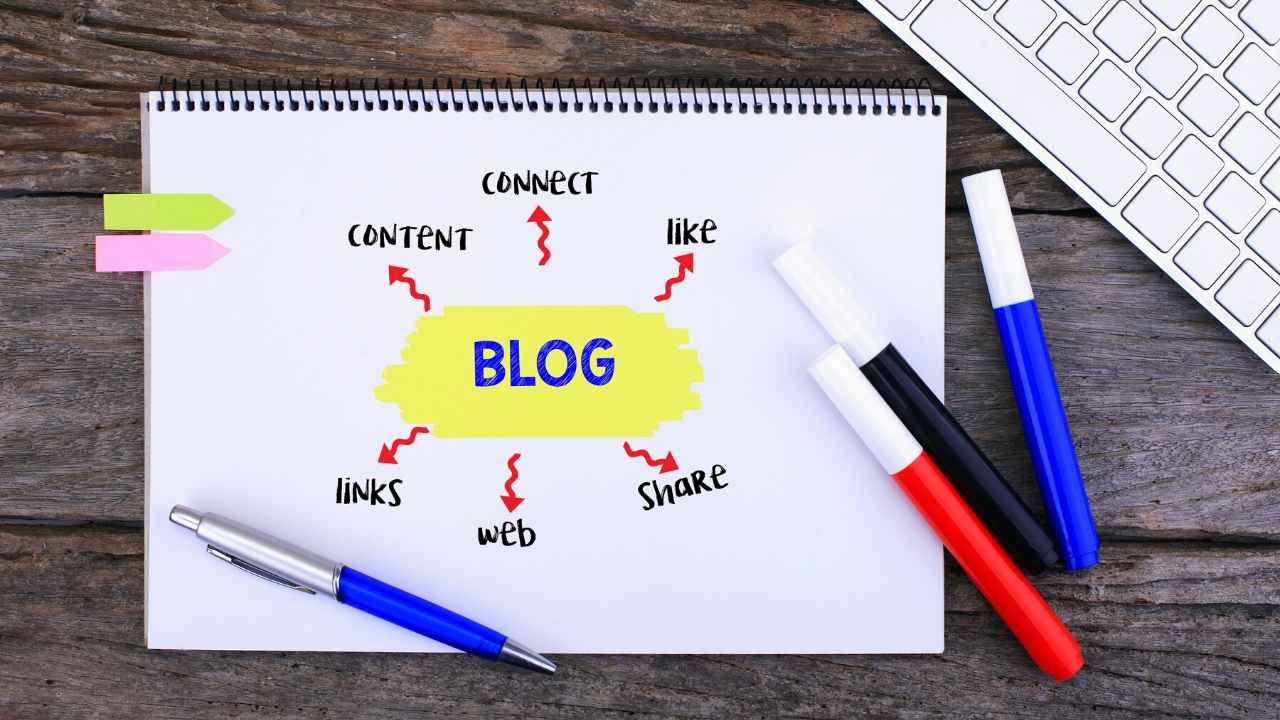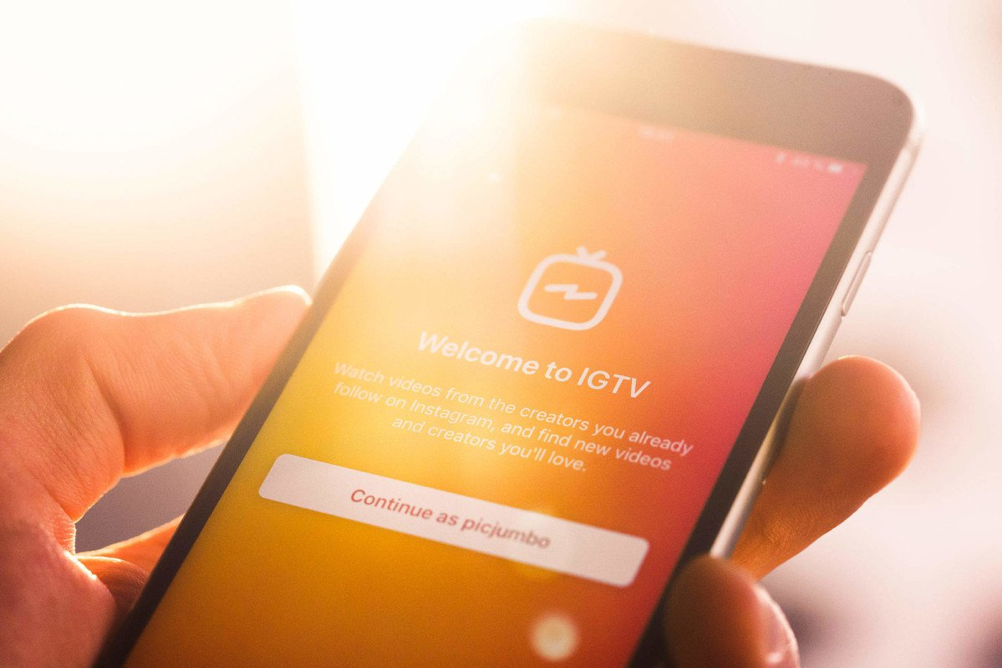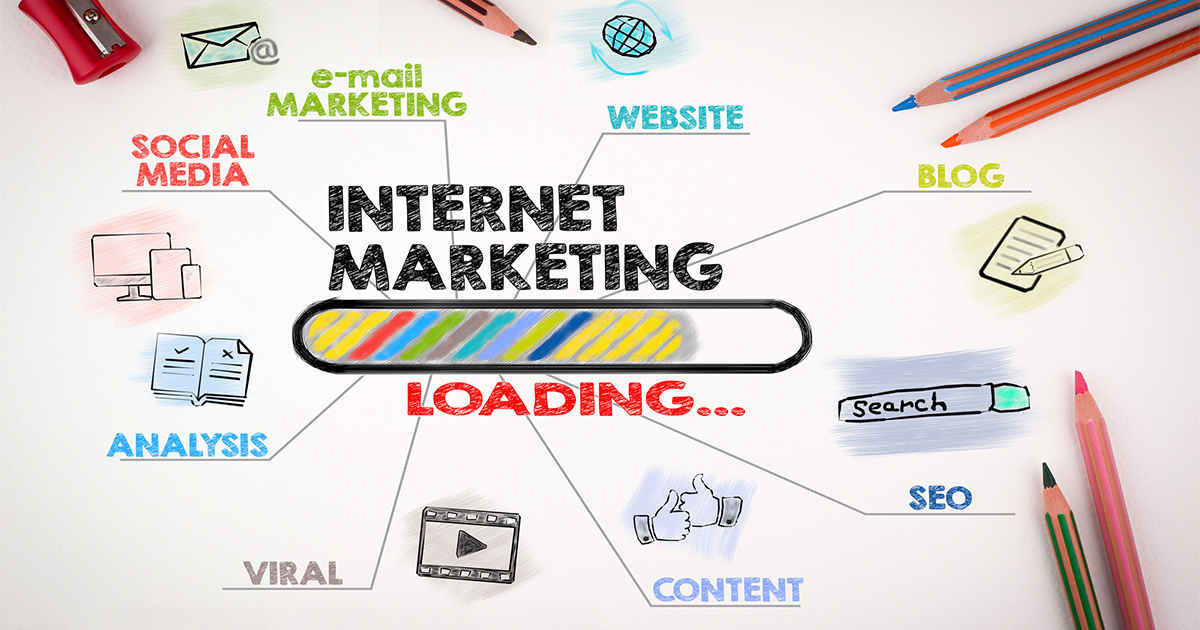
If you've ever wondered whether email marketing is better than social media marketing, read on. In this article, we'll discuss the differences between the two marketing platforms, including the difference between social media and email, the differences between social media and paid content, and why Email is more task-oriented. This article will also discuss the difference between paid and organic content on social media. Ultimately, this article will provide you with an understanding of how to choose the best approach for your marketing campaign.
Email marketing is better than social media marketing
Email wins in sales conversions. While social media has a larger audience, targeted email marketing audiences are more likely to buy your products or services. Social media's larger audiences may be appealing, but they are not ideal for maximising your ROI. These are just a few of the reasons that email is better than social media when promoting your business.
Consumers are looking for more personal relationships with companies and brands. People want to be able to connect with brands and companies. Email is, however, delivered directly to users' inboxes. Your content will be able to reach the reader just as easily as a friend, family member, or relative. This means that email conversions are more successful than phone calls for paying customers.
Email has a bigger user base
While social media platforms like Facebook have huge audiences, they also have a limited reach. Emails reach a greater number of people organically. But, social media algorithms restrict the reach to new email addresses. Thus, email is more popular than social media. You might wonder why you would want to use email for business promotion. Let's compare the benefits and drawbacks.
While social media marketing is a popular way to reach a large audience, email is the most efficient tool for reaching multiple leads. Many of your email subscribers will forward your marketing emails to family members and friends. This gives you an even wider reach than with social networking. Adobe conducted a study that found that millennials use email for an average of 6.4 hours per week. Nearly half check their inbox before or after work.
Email is more task-oriented

There are a few key differences when it comes to email. One is the fact most people check email early in the morning. They are less likely to be distracted by competing messages. People who are part of a mailing list are more likely to take action after receiving your email, which is why it's important to tailor your message to their needs. You can choose the design and content of your message, too.
Personalization is another key difference between the two marketing methods. Marketing emails can be personalized to include the recipient's name. This is a major difference from social media. This increases open rates, click-through and conversion rates. Email marketing personalization is much easier than social media. Facebook posts are not often personalized by users. Email is a great way to reach your audience and make them feel unique.
Paid vs. organic vs. social media content
How you plan to reach your target audiences will affect whether you choose organic or paid content. Organic content is created for your followers and is shared with no promotion cost. Paid content, however, costs more but is shared by your followers. You should consider your time and budget when choosing between organic or paid content. Both options have their merits and can be used in combination.

Although organic content can be free to post, you are not guaranteed to reach your targeted audience. Paid content is specifically targeted at your audience. This is the best option to increase your business's growth. Each platform offers both paid and organic content. Pick the one that meets your needs most and then choose how to use it to reach your intended audience. You can, for example, create a content strategy to help you decide which social media platforms work best for you.
FAQ
How do I start SEO for my website?
It is important to understand the needs of people searching for your company or products through search engines like Google. This will help you get a Google ranking. This guide will teach you how to write high-ranking content on Google. Check out our other guides about content marketing.
First, create a plan. Next, consider the type of keywords that you wish to target. There are two types of keywords: broad keywords (like "digital marketing") and specific ones (like "seo").
The next step is to determine your goals, which could be increasing brand awareness, driving leads or sales.
Once you have defined your goals, it's time to begin writing content. Here are some SEO-friendly tips.
Once your content has been written, it's time to publish it to your blog or website. If you already have a website, updating the pages might be necessary. If you do not have a website you can hire a web designer to create one.
Once you have published your content, make sure to link it to other websites and blogs. This will increase its visibility and give it greater exposure.
What are some of the best tools to do on-page search engine optimization?
Video embeds (image alt tags), structured data markup, video and internal links are all great for on-page SEO. This article will provide more information about these issues.
Will A Content Strategy Help Me Get Better Ranking?
Content strategy refers to the planning of how much content your company will produce in a given time. This strategy includes keywords and topics as well as other information about your company. Having this plan in place before you start writing will ensure that you don't produce too little or too much content.
What is an SEO campaign?
The content of a website is an important part. If you don't have relevant and useful information on your site, you won't rank high enough for searches.
SEO campaigns optimize your website by obtaining links from other sites back to yours. It also includes social media optimization, which involves using Twitter, Facebook, and LinkedIn to help drive traffic and increase brand awareness.
These will help bring more visitors to your website and improve your rankings. An SEO campaign's main focus is building quality links back to your site so that Google knows that your website is valuable.
What is On Page SEO?
On-page SEO refers to the actions you take within your website to help it rank higher in search engines. Things such as site architecture, page titles, meta tags, and image alt text are all part of on-page SEO. Off-page optimization refers to any activities outside of your website that can improve its ranking. These include social media shares, press release, backlinks, and other activities that can improve your website's ranking.
Why Should I Use Social Media Marketing?
Social media marketing can be a great way for new customers to connect with existing ones. It's easy to build a community around your company by posting interesting articles, engaging with others through comments or likes, and creating a buzz about it. This makes it easier for potential customers to find you online.
Statistics
- Deleting those 10k pages is one of the main reasons that he improved his site's organic traffic by nearly 90%: (backlinko.com)
- And 90%+ of these backlinks cite a specific stat from my post: (backlinko.com)
- If two people in 10 clicks go to your site as a result, that is a 20% CTR. (semrush.com)
- Sean isn't alone… Blogger James Pearson recently axed hundreds of blog posts from his site… and his organic traffic increased by 30%: (backlinko.com)
- : You might have read about the time that I used The Content Relaunch to boost my organic traffic by 260.7%: (backlinko.com)
External Links
How To
How can I determine if my SEO is doing well?
There are many ways you can tell if your SEO efforts are successful.
-
Your bounce rate should not exceed 30%. Users will leave your website without clicking on any other links. A high bounce rate indicates that your audience doesn't trust your brand or isn't interested in what you're selling.
-
People visit multiple pages on your site - this shows that visitors are engaging with your site and finding something useful.
-
Your conversion rate is increasing - your target audience is more aware of your product/service and wants to purchase it.
-
Your average time on site is increasing - people spend longer viewing your content.
-
Searches are attracting more people - this is a sign that your SEO is doing a great job.
-
You are getting more shares via social media. This indicates that your content can be shared by others, reaching audiences beyond your reach, and is therefore being shared more often.
-
You're getting more comments on forums - this shows that people respond positively to your work.
-
You get more engagement on your website, with more likes, tweets and shares.
-
Your rank in SERPs keeps increasing, a sign your hard work is paying off.
-
Your website is receiving more leads. This means people are finding you organically and are contacting your website.
-
Your sales are increasing - this indicates that people who visit your website looking for your products are actually buying them.
-
You get more views and comments on your blog posts, which means that people find your content useful and interesting.
-
More subscribers mean more customers to your email list. This shows that people are able to trust you enough to sign up for updates about your company.
-
Sales are rising. This is a sign that people like your products so much they are willing and able to pay for them.
-
You've got more followers on social networks, showing that your fans share your content and engage with your brand.
-
This indicates that journalists are discussing your brand online and you're receiving more PR mentions. This boosts your image and raises awareness for your company.
-
This indicates that other companies have also recommended your brand.
-
Your website is popular because people keep coming back to it. This indicates that customers are happy and will continue to come back for your services.
-
Your competitors are losing ground - this shows that they didn't invest as much money in their SEO campaigns as you, making them look bad.
-
Your brand's image changes - this indicates that your brand has gained popularity among a new set of customers.